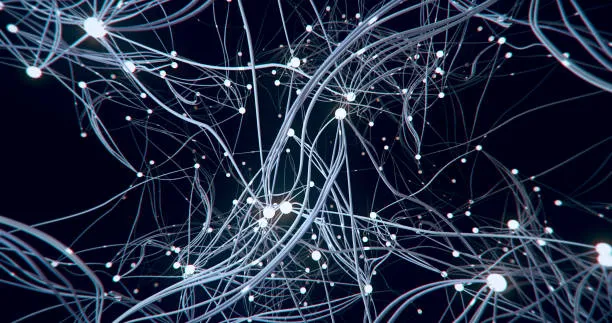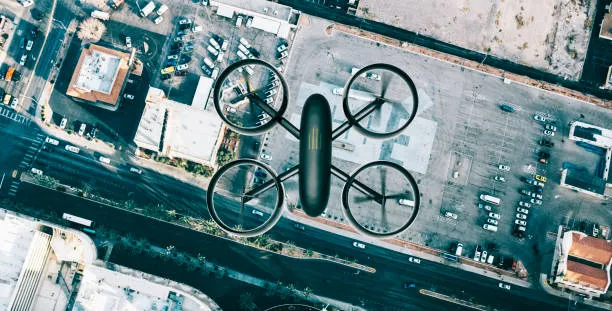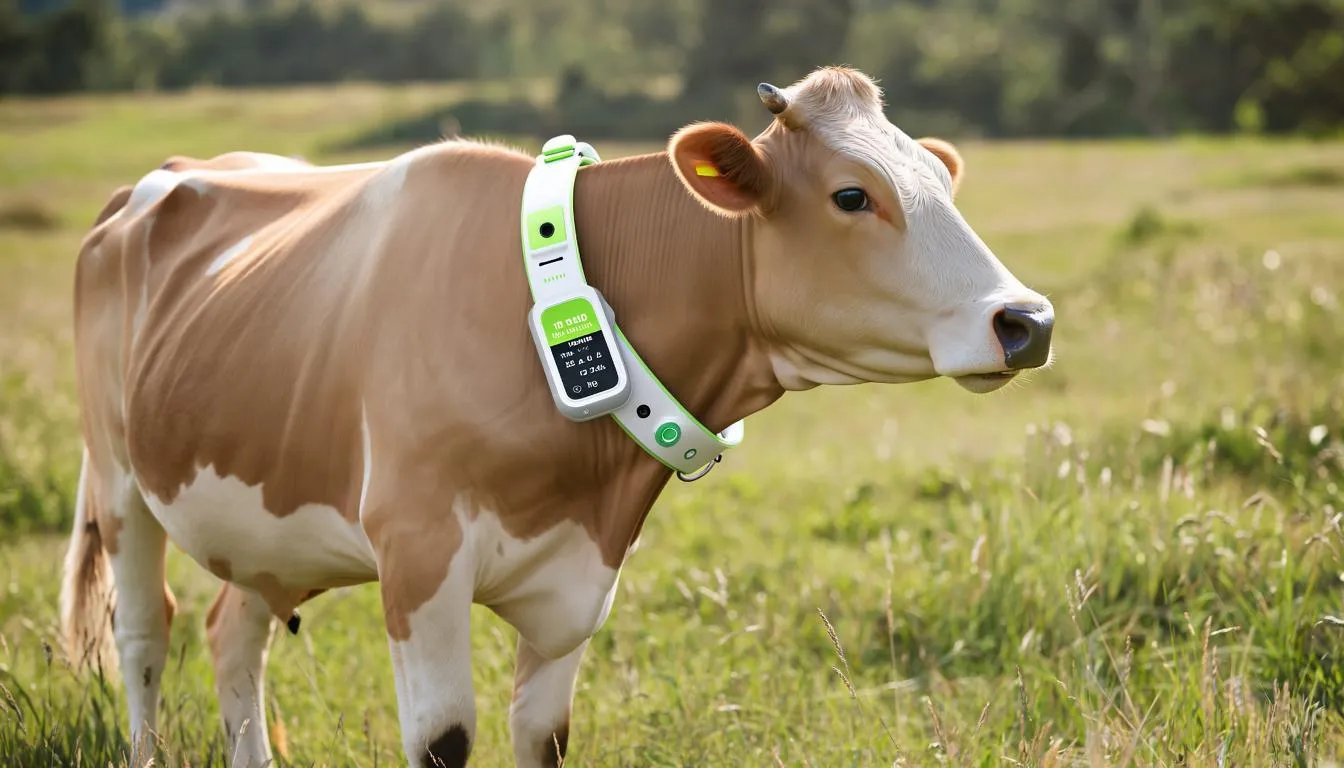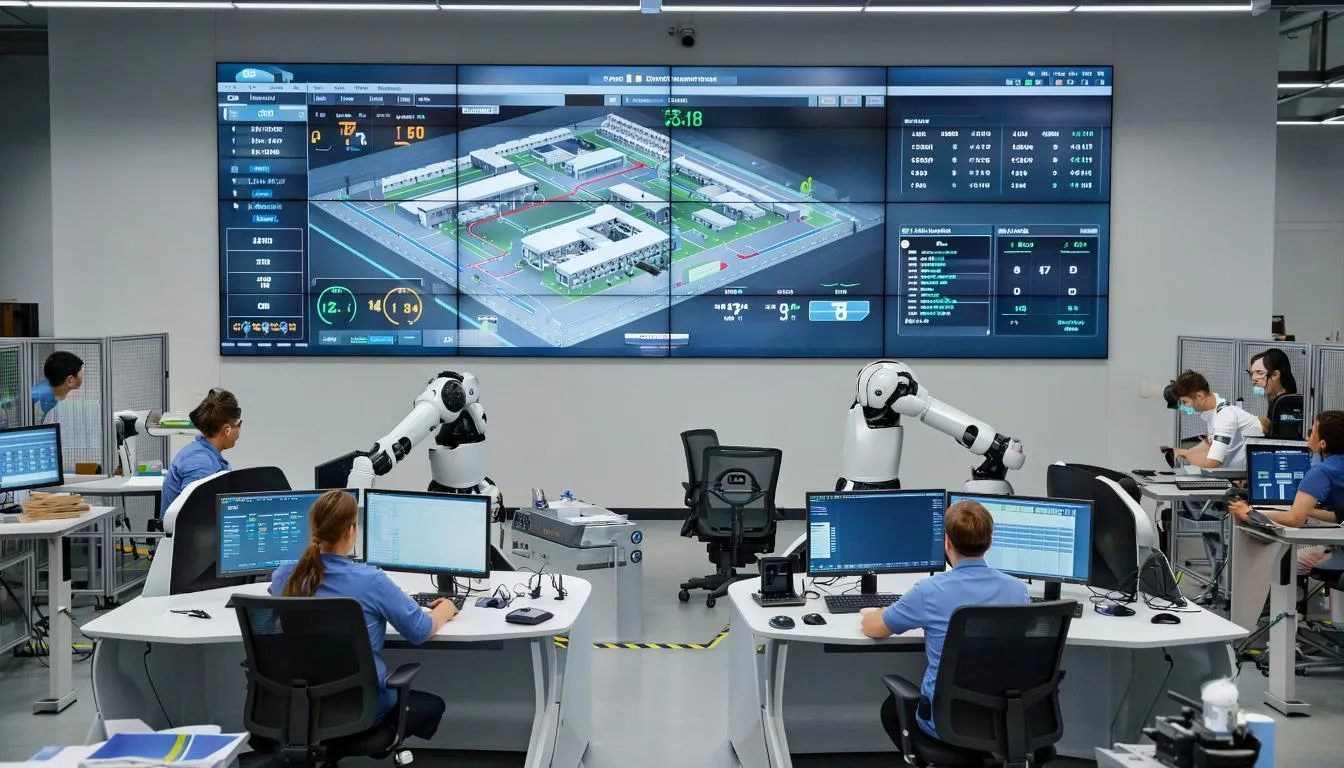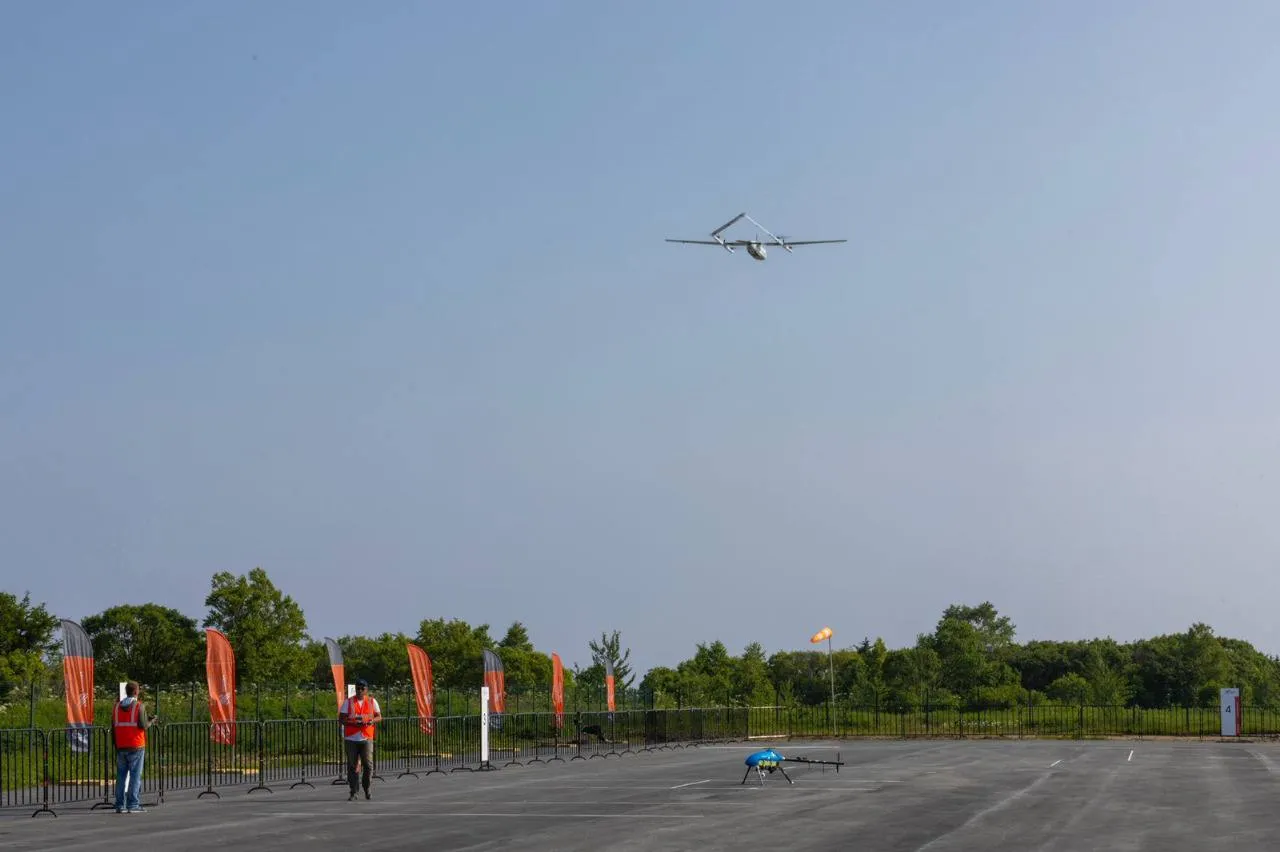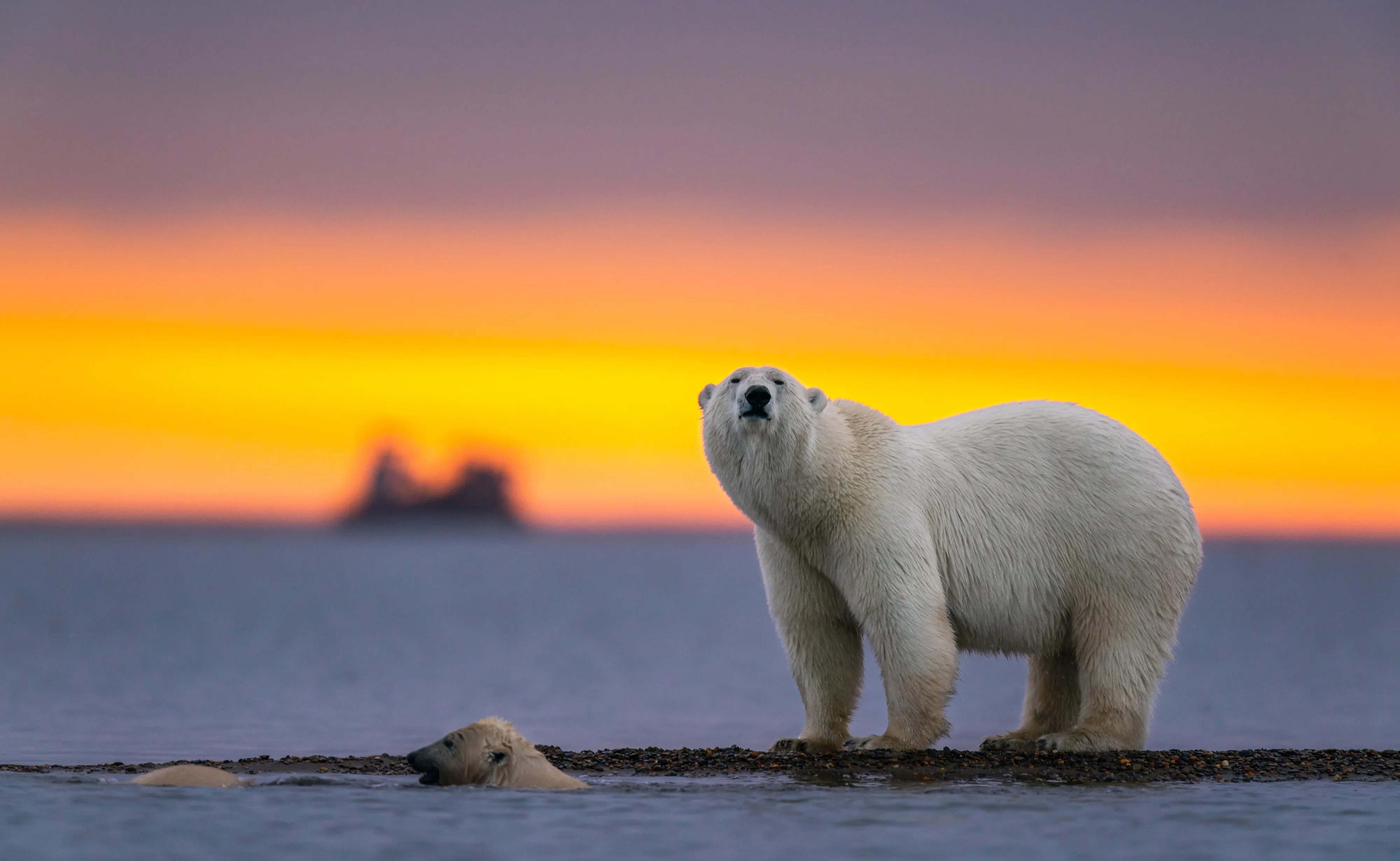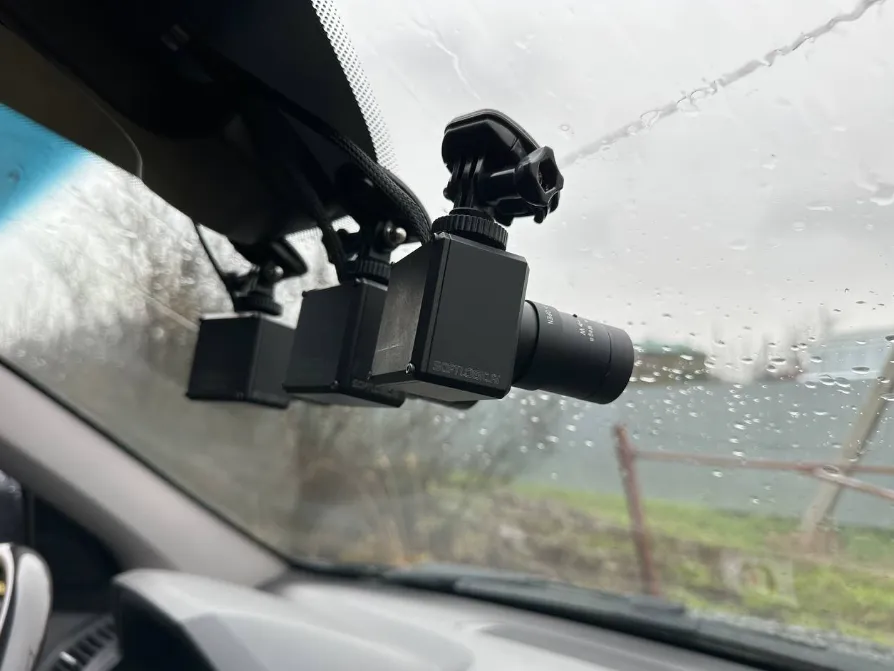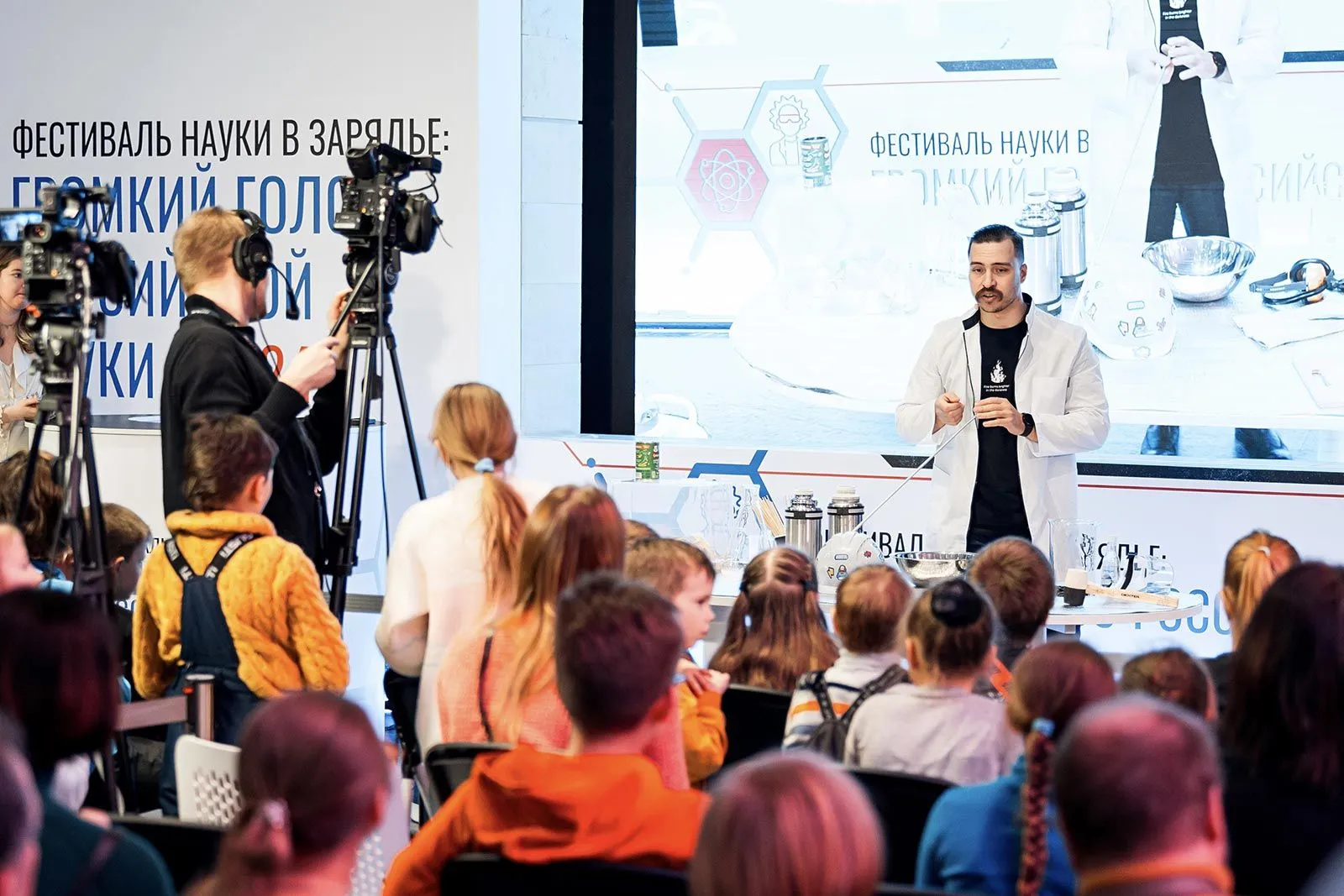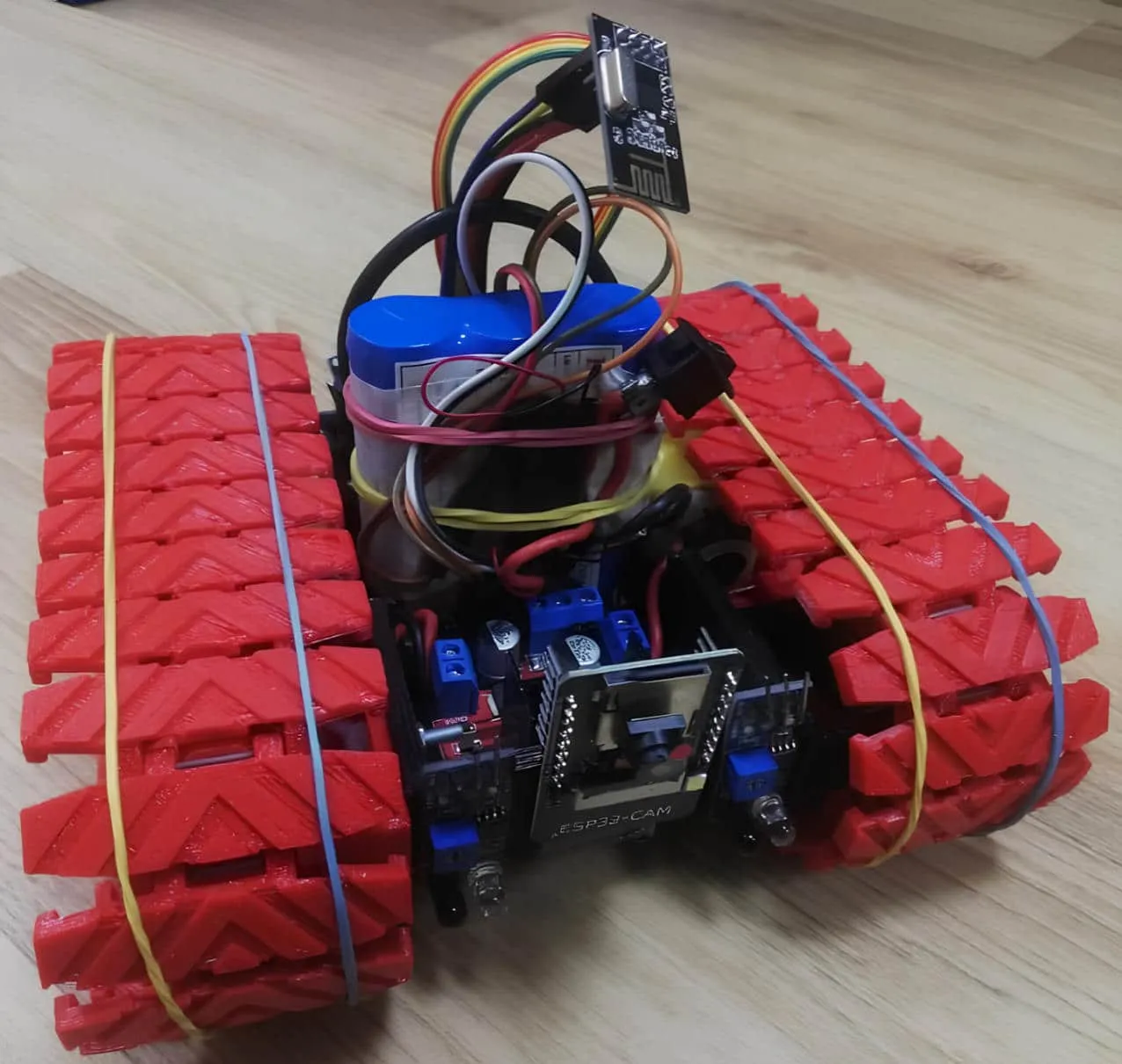Russia Uses Digital Tools to Redefine Wildlife Research and Conservation
From online zoo cameras to AI-driven analytics, Russia’s wildlife monitoring projects are turning conservation into a high-tech collaboration between scientists and the public.

A Digital Window into the Wild
The Moscow Zoo has launched a real-time digital observation system that allows researchers and the public to monitor animals online. Dozens of cameras stream continuous footage from enclosures directly to a central research hub, enabling scientists to study animal behavior without human interference or stress for the inhabitants.
Each video feed is archived automatically for analysis. Using AI algorithms, researchers can track levels of activity, sleeping and feeding patterns, detect anomalies, and fine-tune living conditions. This data-driven approach helps optimize animal welfare and deepen behavioral studies.
Streaming Science for Everyone
According to Sergey Khlyupin, head of the zoo’s scientific department, the system enables experts to collect far more data than before and respond faster to any changes in the animals’ condition. Meanwhile, visitors can tune in to live streams featuring tigers, bears, and leopards from anywhere in the country — turning wildlife observation into an immersive educational experience.
The project bridges science and public awareness. For researchers, it’s a powerful analytical tool; for viewers, a chance to connect with rare species in their natural rhythm. Together, they illustrate how digital technologies can both automate research and preserve biodiversity — a step toward a more sustainable relationship between people and nature.



